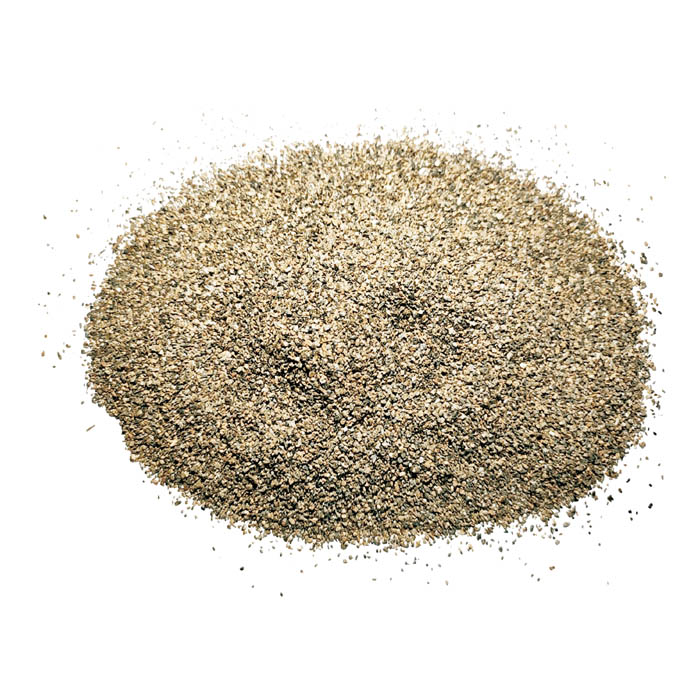Aug . 10, 2024 00:50 Back to list
Efficient Adsorption of Contaminants Using Premium Quality Powdered Activated Carbon Solutions
High-Quality Powder Activated Carbon Adsorption An Overview
Activated carbon has emerged as a vital material in various industrial applications, particularly in adsorption processes aimed at removing contaminants from air, water, and other substances. Among its forms, powder activated carbon (PAC) stands out due to its high surface area, porosity, and efficacy in adsorbing a wide range of organic and inorganic pollutants. This article examines the significance of high-quality powder activated carbon adsorption, its applications, and the factors affecting its performance.
What is Powder Activated Carbon?
Powder activated carbon is a fine black powder made from carbonaceous materials such as wood, coconut shells, and coal. The activation process typically involves carbonization at high temperatures, followed by steam or chemical activation to enhance its porous structure. This results in an extremely high surface area, usually ranging from 500 to 1500 m²/gram, which significantly improves its adsorption capacity.
Mechanism of Adsorption
The primary mechanism underlying the adsorption capability of PAC is its extensive surface area and pore volume. Contaminants in liquids or gases adhere to the surface of activated carbon through various forces, including van der Waals forces, electrostatic interactions, and hydrogen bonding. This makes activated carbon highly effective for capturing volatile organic compounds (VOCs), heavy metals, and other harmful substances from various mediums.
Applications of Powder Activated Carbon
1. Water Treatment PAC is widely used in municipal and industrial water treatment facilities to remove contaminants, including chlorine, taste, odor, and organic pollutants. Its ability to adsorb dissolved organic matter leads to improved water quality and compliance with health standards.
2. Air Purification In the realm of air pollution control, PAC is used in masks and filter systems to capture harmful gases and odors, protecting both human health and the environment. It is particularly effective in reducing concentrations of VOCs in indoor air, thereby enhancing air quality.
3. Food and Beverage Industry The beverage industry, especially in the production of spirits, is one of the notable users of PAC. It is utilized to remove unwanted flavors and colors, improving the overall taste and quality of the final product.
high quality powder activated carbon adsorption

4. Pharmaceuticals In the pharmaceutical sector, PAC promotes the purification and recovery of valuable compounds during manufacturing processes, ensuring that the final products are free from contaminants that might pose health risks.
Factors Influencing Adsorption Performance
The effectiveness of PAC in adsorption processes can be influenced by several factors
1. Surface Area and Porosity Higher surface area and micro-porosity lead to greater adsorption efficiency. Thus, the quality of activated carbon, indicated by its activation method and raw material, is critical.
2. Particle Size The size of the PAC particles affects the diffusion of pollutants to the surface of the carbon. Smaller particles generally provide a larger surface area but may lead to issues such as clogging and difficulty in handling.
3. Contact Time Increasing the contact time between the adsorbate and activated carbon typically enhances adsorption efficiency. However, it is essential to balance operational costs with performance requirements.
4. pH and Temperature The properties of both the adsorbate and the activated carbon can change with pH and temperature, impacting adsorption performance. Optimizing these conditions is crucial for maximizing efficacy.
Conclusion
High-quality powder activated carbon plays an indispensable role in modern adsorption applications across various industries. Its remarkable capacity for contaminant removal not only helps in meeting health and safety standards but also contributes to environmental sustainability. By understanding the factors influencing PAC performance and continually innovating in its production and application methods, industries can effectively harness its benefits, paving the way for cleaner air and water worldwide.
-
Eco-Friendly Granule Covering Agent | Dust & Caking Control
NewsAug.06,2025
-
Fe-C Composite Pellets for BOF: High-Efficiency & Cost-Saving
NewsAug.05,2025
-
Premium Tundish Covering Agents Exporters | High Purity
NewsAug.04,2025
-
Fe-C Composite Pellets for BOF | Efficient & Economical
NewsAug.03,2025
-
Top Tundish Covering Agent Exporters | Premium Quality Solutions
NewsAug.02,2025
-
First Bauxite Exporters | AI-Optimized Supply
NewsAug.01,2025
